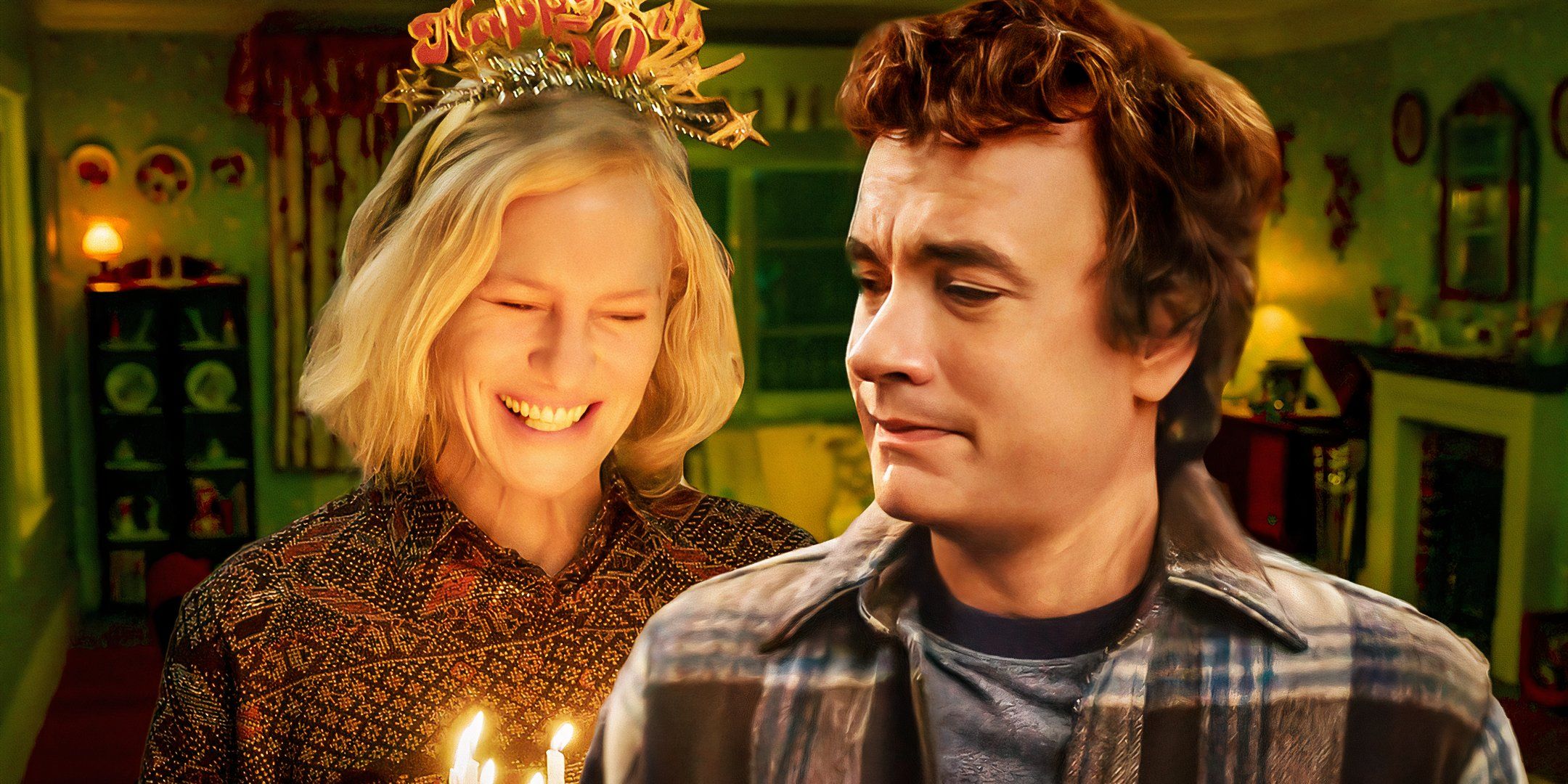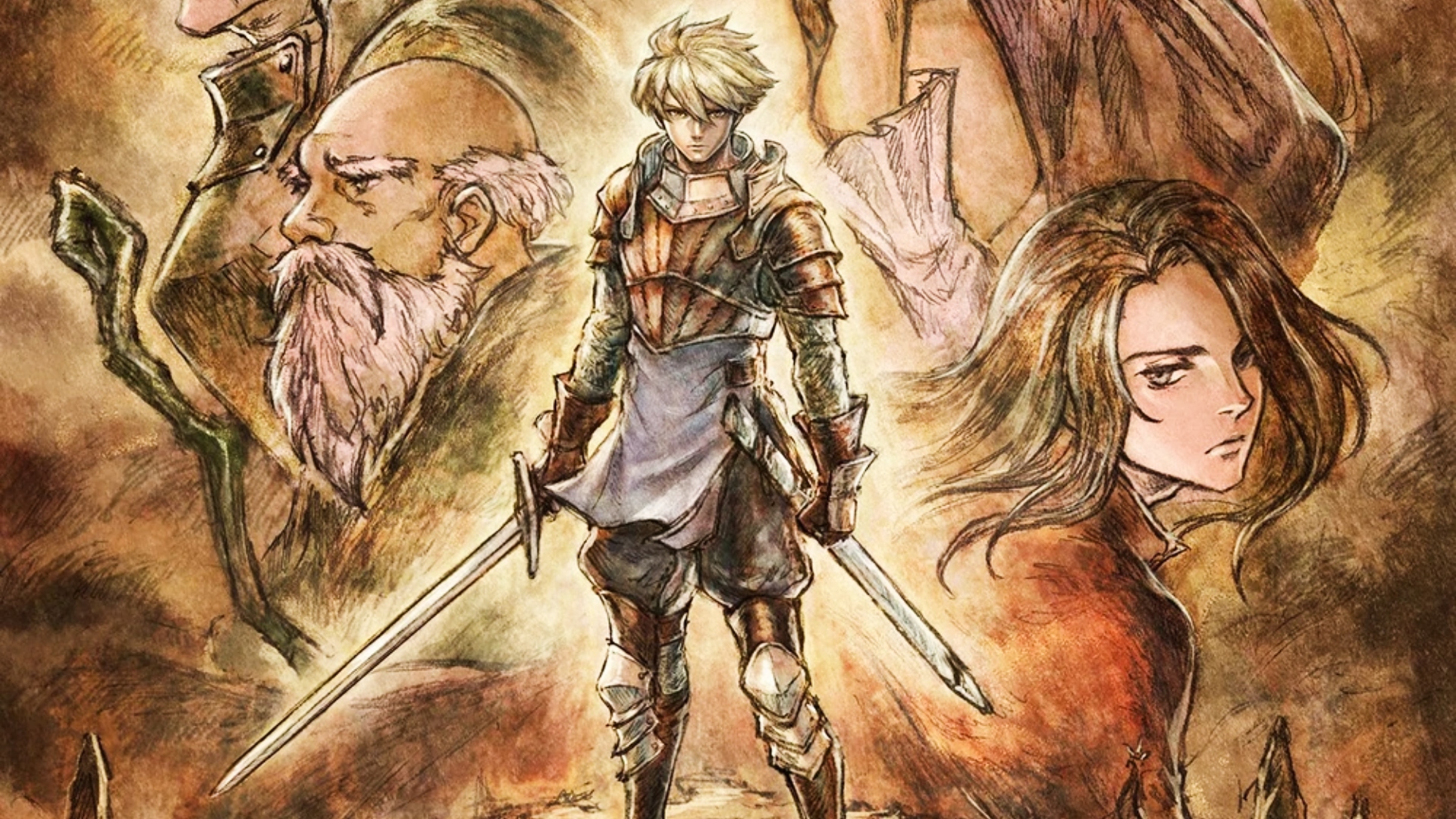We Used To Live Here Ending Explained: Unraveling The Mystery Behind The Story
Have you ever watched a movie or read a book that left you with more questions than answers? "We Used to Live Here" is one such story that has sparked intense discussions among fans and critics alike. The ending, in particular, has been a subject of debate, leaving many wondering what it all truly means. In this article, we dive deep into the "We Used to Live Here" ending explained, offering a comprehensive breakdown of the narrative, its symbolism, and the emotional impact it leaves on the audience. Whether you're a fan of psychological thrillers or simply curious about the story, this guide will help you understand the hidden layers of this intriguing tale.
The story revolves around characters who return to their childhood home, only to find it transformed into something unrecognizable. The emotional weight of nostalgia clashes with the unsettling reality of change, creating a tension that drives the narrative forward. The "We Used to Live Here" ending explained is not just about what happens in the final scenes but also about how the story's themes of memory, loss, and identity resonate with viewers. By the end, audiences are left to grapple with unanswered questions, making it a perfect candidate for deeper analysis.
As we explore the "We Used to Live Here" ending explained, we’ll also touch on the creative decisions behind the story, the symbolism embedded in its visuals, and the broader cultural relevance of its themes. This article is crafted to provide clarity while encouraging readers to form their interpretations. Whether you’re a casual viewer or a dedicated fan, you’ll find valuable insights here that shed light on the story’s enigmatic conclusion.
Read also:Candace Cameron Burersquos Wedding A Celebration Of Love And Faith
Table of Contents
- What Is "We Used to Live Here"?
- Who Is the Creator of "We Used to Live Here"?
- How Does the Story Begin?
- What Are the Main Themes of "We Used to Live Here"?
- Why Is the Ending So Confusing?
- "We Used to Live Here" Ending Explained
- What Do the Symbols Mean?
- How Does Memory Play a Role in the Story?
- Why Does the Ending Matter?
- What Can We Learn from the Story?
What Is "We Used to Live Here"?
"We Used to Live Here" is a story that blends elements of mystery, nostalgia, and psychological tension. It follows characters who revisit their childhood home, only to find it altered in ways that challenge their memories and perceptions. The narrative explores how the past shapes our present and how the places we once called home can transform over time. The story has resonated with audiences due to its relatable themes and thought-provoking ending.
Who Is the Creator of "We Used to Live Here"?
Before diving deeper into the "We Used to Live Here" ending explained, it’s important to understand the creative mind behind the story. Below is a brief biography of the creator:
| Name | Creator Name |
|---|---|
| Date of Birth | MM/DD/YYYY |
| Nationality | Country |
| Notable Works | "We Used to Live Here," Other Projects |
The creator’s background in storytelling and their fascination with human emotions are evident in the narrative’s depth and complexity.
How Does the Story Begin?
The story opens with the main characters returning to their childhood home after many years. The house, once filled with warmth and memories, now feels alien and unsettling. This initial setup establishes the central conflict: the tension between the characters' memories and the reality they encounter. The "We Used to Live Here" ending explained later ties back to these early moments, revealing how the past influences the present.
What Are the Main Themes of "We Used to Live Here"?
The story explores themes such as memory, identity, and the passage of time. These themes are woven into the narrative through the characters' interactions with their surroundings and each other. The "We Used to Live Here" ending explained highlights how these themes converge to create a powerful emotional impact.
Read also:John Denver A Musical Icon And Environmental Advocate
Why Is the Ending So Confusing?
Many viewers find the ending of "We Used to Live Here" perplexing because it leaves certain elements open to interpretation. The ambiguity is intentional, encouraging audiences to reflect on the story's deeper meanings. To fully grasp the "We Used to Live Here" ending explained, it’s essential to consider the symbolism and subtext that underpin the narrative.
"We Used to Live Here" Ending Explained
The ending of "We Used to Live Here" is a culmination of the story’s themes and character arcs. Without giving too much away, the conclusion challenges the characters—and the audience—to confront uncomfortable truths about memory and identity. The "We Used to Live Here" ending explained reveals that the house itself serves as a metaphor for the characters' inner struggles and unresolved emotions.
What Do the Symbols Mean?
Throughout the story, various symbols are used to convey deeper meanings. For example, the changing architecture of the house reflects the fluidity of memory. Understanding these symbols is key to fully appreciating the "We Used to Live Here" ending explained.
How Does Memory Play a Role in the Story?
Memory is a central theme in "We Used to Live Here." The characters’ recollections of their past are both comforting and unsettling, as they realize how unreliable their memories can be. This theme is especially prominent in the "We Used to Live Here" ending explained, where the characters must reconcile their idealized past with the harsh realities of the present.
Why Does the Ending Matter?
The ending of "We Used to Live Here" is significant because it encapsulates the story’s core message about the impermanence of life and the inevitability of change. By exploring the "We Used to Live Here" ending explained, readers can gain a deeper appreciation for the narrative’s emotional resonance and philosophical undertones.
What Can We Learn from the Story?
At its heart, "We Used to Live Here" is a meditation on the human experience. The "We Used to Live Here" ending explained offers valuable insights into how we navigate the complexities of memory, identity, and change. By reflecting on these themes, readers can find personal meaning in the story’s conclusion.
In summary, the "We Used to Live Here" ending explained is a testament to the power of storytelling to evoke emotion and provoke thought. Whether you’re drawn to its psychological depth or its exploration of universal themes, this story invites you to look beyond the surface and discover its hidden truths. As you revisit the narrative, consider how its lessons about memory and change resonate in your own life.
Exploring The Magic Of "When I See You Remix": A Journey Into Music And Creativity
TikTok Log In QR Code: A Comprehensive Guide To Effortless Access
Howie Mandel And Lil M: Exploring Their Impact And Connection

Here Ending Explained

Live A Live ending explained